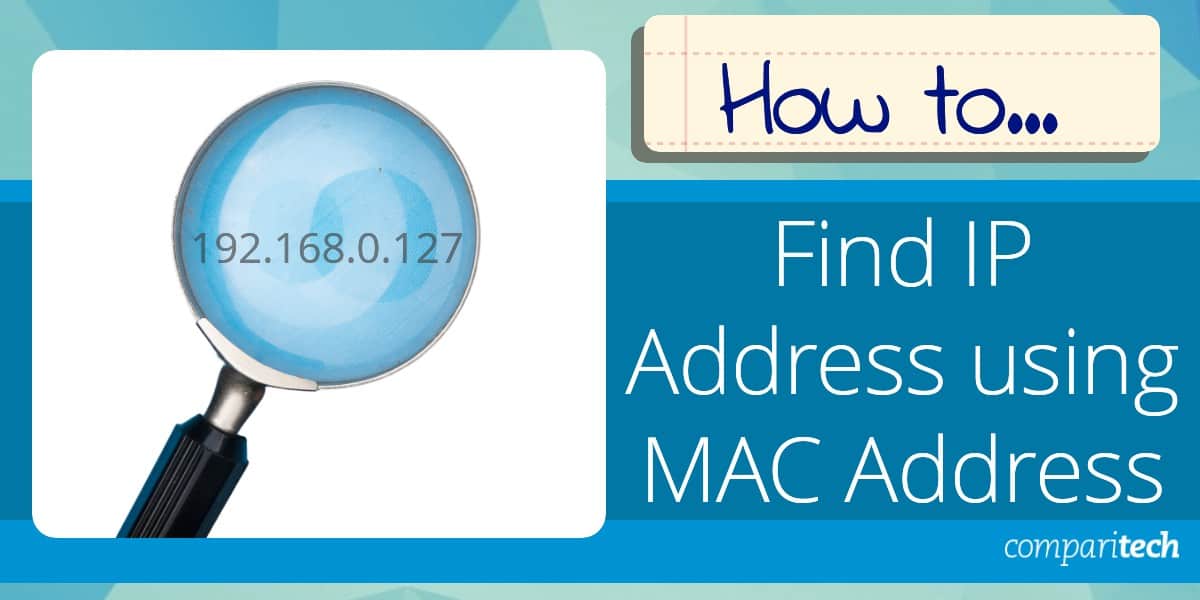
You can go through the firewall list, add and block anything you want to lock down, and remove anything you don’t want on the list.

If you want to specifically block that app or service from incoming connections, then click on the right edge as shown in the screenshot below and then select “Block incoming connections”. Choose the app or service you want, then click the “Add” button. If you want to add an app or service, click the “+” button and the Applications folder will open. Your Mac will still answer requests from authorized apps. Stealth mode simply means that your computer will be effectively invisible to probing requests to reveal your existence on a network. Any app that created by Apple, for example, that needs to receive incoming connections will be automatically added to the list. This means that apps and services signed by a valid certificate authority will automatically added to this list.
#ALLOW IP ADDRESS THROUGH MAC OS FIREWALL HOW TO SOFTWARE#
There is an option to automatically allow signed software to receive incoming connections. The add and remove buttons (+/-) let you add apps and services, as well as remove them. Blocking all incoming connections is pretty strict and will disable a lot of legitimate network services, so unless you’re sure you really need this, it’s best to leave it off. This means things like screen sharing and file sharing won’t be available on your computer.

Let’s discuss what all these options entail.īlocking all incoming connections will “prevent incoming incoming connections to nonessential services and apps.” This means that the firewall allows your Mac to find authorized services provided by other computers on your network, but prevents connections to all other sharing services. Once the firewall is on, you can access the “Firewall Options”. RELATED: Your Mac’s Firewall is Off By Default: Do You Need to Enable It?

The first thing you will want to do is to turn the firewall on (if it’s not on already). Before you can make any changes, you need to click the lock icon in the lower-left corner and then enter you admin password.


 0 kommentar(er)
0 kommentar(er)
